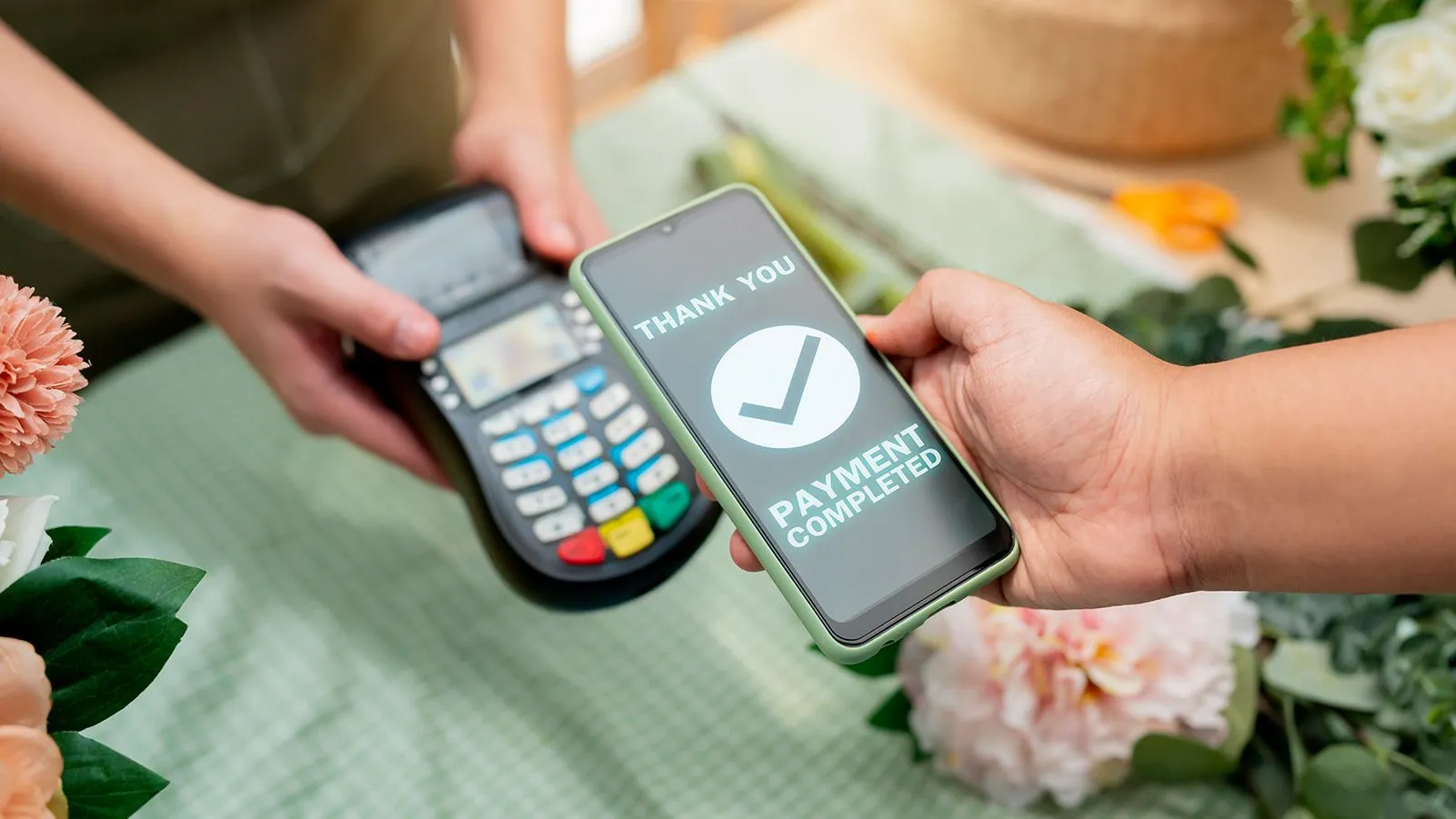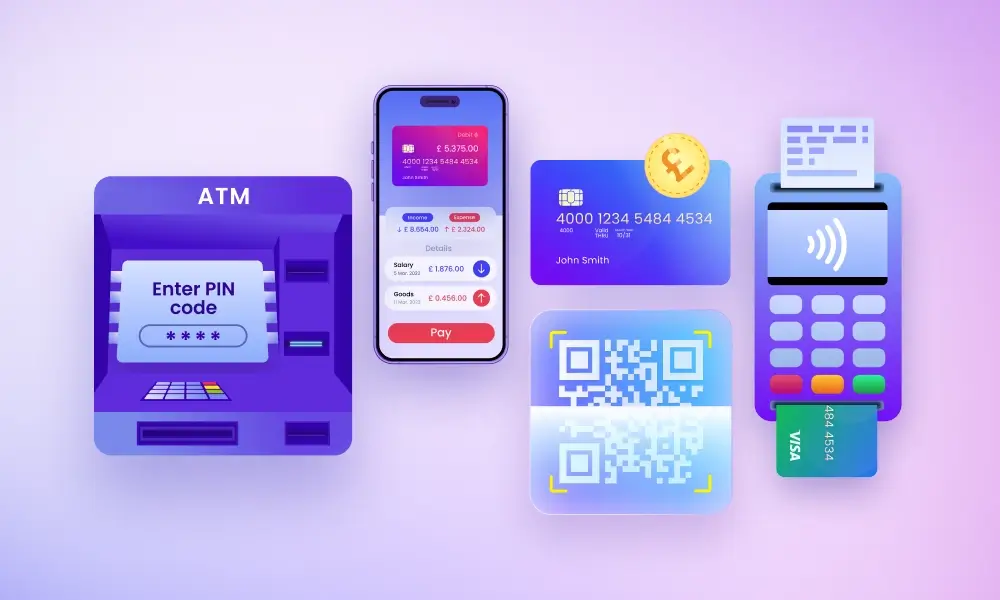In an ocean of options, how to choose a mobile payment platform can seem like a daunting question. You want to ditch the bulk of cash and cards, but with so many factors to consider, where do you start? My ultimate guide slices through the confusion, giving you the crisp details you need. I’ll walk you through the crucial criteria—from defining your needs to staying ahead with a future-proof payment system. You’ll learn how to weigh up security versus user experience, and how to merge your mobile payments with point of sale seamlessly. So, if you’re ready to go cashless without the stress, let’s deep dive into making the choice that clicks with your lifestyle and business.
Assessing Mobile Wallet Criteria and Payment Gateway Selection
Defining Your Mobile Payment Needs
Selecting the right mobile payment service starts with knowing your needs. Ask yourself: How will I use it? Will it be for daily transactions or the odd purchase? If you buy often, you need a platform that is quick. If it’s less often, maybe fees are your focus. Next, think about where you’ll use it. Will you travel and need to pay abroad? If yes, pick a service that supports international transactions. Also, consider if you need to take payments or just make them. For businesses, point of sale integration is key. Lastly, is ease of setup important to you? Some services are plug-and-play, great for those not tech-savvy.
Comparing Different Payment Gateway Features
When looking at payment gateways, compare important things like security and user experience. Strong security includes EMV chip readers and digital wallet security measures like encryption. User experience matters too. A slick user interface makes paying simple and keeps customers happy. Transaction fees are also a big deal. Look for low fees to save money. Check compatibility with mobile devices to be sure it will work with your smartphone or tablet. Some gateways are better for cross-platform use than others. Customer service is another big point. If there’s a problem, good help is worth a lot. Lastly, you’ll want speed. Slow processing could cost you sales or time in line. Choose a gateway that keeps pace with your life.
Remember, paying with your phone should make life easier, not harder. Take your time to find the right match for you. It’s out there.
Security and User Experience in Mobile Payments
Implementing Digital Wallet Security Measures
When picking mobile payment services, think safety first. Ask yourself, “How secure is it?” A good platform has strong security for your peace of mind. It should protect your data like a guard dog. Look for digital payment platform features like encryption. This scrambles your info, so it stays safe. Two-factor authentication is key, too. It’s like a double lock on your door.
Now, why does this matter? Well, when you pay with your phone, you need to feel safe. You don’t want your money or identity stolen. Security in mobile payments matters a lot. And top platforms use layers of security to keep you safe. NFC technology in payments helps too. It lets you pay without sharing card details directly, which adds a safety layer.
To sum up, think of digital wallet security measures as armor for your money. They fight to keep hackers away.
Ensuring Optimal User Experience on Mobile Devices
Let’s shift to what it’s like to use these services. Good user experience mobile payments make life simple. Apps must be easy to navigate, like finding your way in your own home. They should work well across all mobile devices. This compatibility makes sure you can pay with ease anywhere, anytime.
What does an easy-to-use app mean? It means everything works well, and it’s not hard to understand. It should feel like the app almost reads your mind. Simple, right? And the best apps offer help instantly if you get stuck. That’s good customer service in payment platforms.
Also, check for quick mobile payment processing speed. It’s all about saving time. Who likes to wait? Nobody! The app must work fast for that quick checkout feel.
In all, using these apps should feel like your favorite snack—easy and satisfying. Fast, works everywhere, and help is there if you need it. Always choose a payment solution that feels good to use.
Remember, paying with your phone is big today. And it’s growing each day! By knowing about security and user experience, you’ll pick the best service. And you’ll be ready to pay with a tap, no cash needed. This means no more digging for coins or waiting for change. Just tap and go, easy as that.
Keep this guide in mind when you’re selecting mobile payment services. It’ll help you stay safe and enjoy the convenience of cashless payments. Happy tapping!
Integrating and Managing Mobile Payment Systems
Point of Sale Integration and Processing Speed
When choosing a payment service, consider how it works with your sales setup. You need one that fits perfectly with your cash register or sales system. This blend makes sales smooth for you and your buyers. Look at how fast a payment goes through too. No one likes to wait long when they’re ready to pay.
Processing speed is crucial. A good system confirms payments quick, in seconds. Delays can annoy customers or even lose sales. So, pick a system known for being fast. This keeps lines moving and shoppers happy. Your staff will thank you too!
Customer Service and Support in Payment Platforms
Top support is a must in mobile payment services. Problems can pop up anytime. You need help that’s there when you need it. A great provider will offer help 24/7. Whether it’s a tech issue or a question on a charge, they got your back.
Think about what support you might need. Do you want someone you can call? Or is online chat better for you? Find a service with support that matches your style. This makes dealing with issues way less of a headache.
Picking a mobile payment provider is big. You want a mix of speed, ease, and support. Don’t rush the choice. Take time to check all the parts. How it works with your current setup, how quick it processes, and the help it offers. Go for one that lets you focus more on growing your business and less on payment problems.
Navigating Compliance and Future-Proofing Your Payment Solution
Meeting Mobile Payment Regulations and Local Acceptability
When it comes to mobile payments, following the rules is key. You want your business to avoid fines. You want it to stay on the good side of the law. So, knowing all about mobile payment regulations is a must. These rules make sure your customers’ data stays safe. They also make sure you treat that data in the right way.
You want to pick a service that knows about mobile payment compliance. It should meet standards like PCI DSS. This is a set of rules that protects credit card info. It also needs to work well in all the places you sell. Some countries have their own payment methods. Make sure your service accepts these, so you don’t lose sales.
You need a service that is easy to understand and use. Checking if it suits you is easy as asking, “Does it work where my customers are? Can it keep their info safe?” If the answer is yes, you’re on the right path.
Scaling Your Payment System and Incorporating Offline Options
Your business will grow. That’s what you’re working hard for, right? So, your mobile payment system must be able to grow with it. This means you need a system that can handle more transactions as you get busier. It should have quick mobile payment processing speed and be reliable.
Imagine this: You’re selling at a place with bad internet. What do you do then? You need a payment option that also works offline. This way, you never miss a sale. Get a mobile payment service that can go where you go.
Let’s face it, picking the right mobile payment service for your company can seem tough. But it’s simpler if you ask, “Can it grow with my business? Can it work without Wi-Fi?” Find one that says yes to both, and you’re set for the future.
In short, choose a service that follows the rules and can grow with you. Add in offline options too. This makes sure you’re ready for whatever comes next. And always remember, a safe and flexible payment system is a happy one for both you and your customers.
In this post, we’ve explored how to pick the right mobile wallet and payment gateway for your needs. We’ve covered everything from defining what you need, comparing feature sets, ensuring top-notch security, to giving users a smooth experience. Plus, we broke down how to join it all with your sales system and why solid customer service can’t be ignored.
We also touched on staying in line with payment rules and making sure your setup can grow with your business, even when the internet’s down. Smart payment solutions are a big deal—they keep your sales smooth and your customers happy. And in the fast world of mobile shopping, this is the key to staying ahead.
So, let’s make sure our mobile payment systems are secure, fast, and ready for the future. It’s all about convenience, trust, and being prepared for what’s next. That way, we keep the cash flowing and our customers coming back for more.
Q&A :
What factors should you consider when selecting a mobile payment platform?
When choosing a mobile payment platform, various factors should be taken into account to ensure secure and efficient transactions. These include the security measures provided, such as encryption and authentication processes; the compatibility with your existing hardware and software systems; the transaction fees involved; the ease of integration with your current operations; customer service support; the types of payment methods accepted; and the geographical coverage necessary for your business. Additionally, it’s essential to consider the user experience offered by the platform to ensure a smooth transaction process for your customers.
How important is security in a mobile payment platform?
Security is paramount in a mobile payment platform as it involves sensitive financial data. It’s critical to choose a platform that offers robust security features like secure encryption, fraud detection systems, and compliance with industry standards like PCI DSS (Payment Card Industry Data Security Standard). A secure platform not only protects your business from potential losses due to fraud but also builds trust with your customers, ensuring they feel safe while conducting transactions.
What are the differences between various mobile payment methods?
The main mobile payment methods include NFC (Near Field Communication) payments, QR code payments, SMS payments, and payments through mobile apps or digital wallets. NFC payments require compatible devices and POS systems for contactless transactions, while QR code payments utilize codes scanned by a smartphone to process the payment. SMS payments are completed by sending text messages from a mobile device, usually involving a fee added to the user’s phone bill. Payments through mobile apps or digital wallets involve storing payment information in an app to make quick and easy transactions. Choosing the right method for your business depends on the needs of your target audience and the infrastructure you have in place.
Can transaction fees of mobile payment platforms affect my choice?
Transaction fees are a critical factor to consider when selecting a mobile payment platform, as they can significantly impact your bottom line. Different platforms charge varying fees, including percentages of the transaction amount or flat rates per transaction. Consider how these fees will affect your pricing strategy and overall profitability. Look for a balance between reasonable fees and the features and security a platform offers. It’s also valuable to assess whether the platform’s fee structure aligns with your expected transaction volume and average sale amount.
How does user experience impact the effectiveness of a mobile payment platform?
User experience is crucial in the effectiveness of a mobile payment platform because it directly influences the likelihood of repeat use. A platform that’s intuitive, quick, and requires minimal input from the user can lead to a higher adoption rate and customer satisfaction. It’s essential for the payment process to be as seamless as possible, avoiding any interruptions or delays that could cause frustration or abandonment of the transaction. An optimized user experience can enhance customer loyalty and encourage positive word-of-mouth, both of which can contribute to increased sales and growth for your business.






